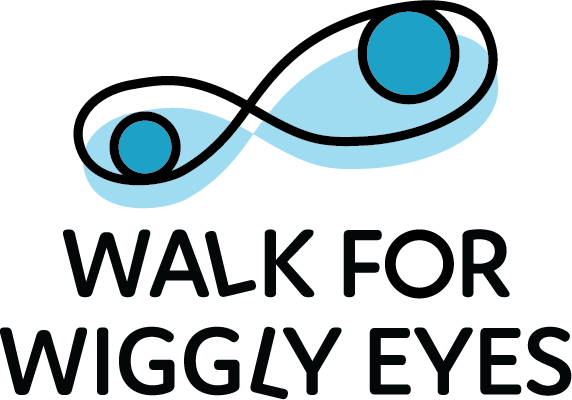What is Nystagmus?
Nystagmus is a complex visual impairment, characterised by involuntary eye movements, affecting focus and depth perception. The eyes appear to wobble or flicker from side to side or up and down. Nystagmus is caused by abnormal functioning of the part of the brain which regulates eye movement and positioning.
There currently is NO CURE.
How common is nystagmus?
Nystagmus has an incidence rate of 1 in 1,000 people in the general public and is the most common form of visual impairment among children. The condition affects both men and women, although some forms of nystagmus, such as X-linked infantile nystagmus is more common in boys.
Nystagmus is also more prevalent in the white European population than any other, such as those from Asian backgrounds. As there is a genetic link to some forms of nystagmus there are examples of more than one person in a family being affected by the condition.
What causes nystagmus?
Abnormal functioning of the part of the brain or inner ear that regulates eye movement and positioning causes nystagmus and it is regularly seen as a symptom of many other underlying conditions. For example, congenital nystagmus is associated with other illnesses such as Down’s Syndrome, Leber’s Congenital Amaurosis and ocular albinism which has a genetic base.
Acquired nystagmus has many different causes ranging from a bang on the head or other accident to stroke, MS and ataxia. In some cases acquired nystgamus can come and go over time, so someone might experience oscillopsia for a month and then have a month without any or with reduced symptoms.
Taken from https://nystagmusnetwork.org/what-is-nystagmus/nystagmus/
